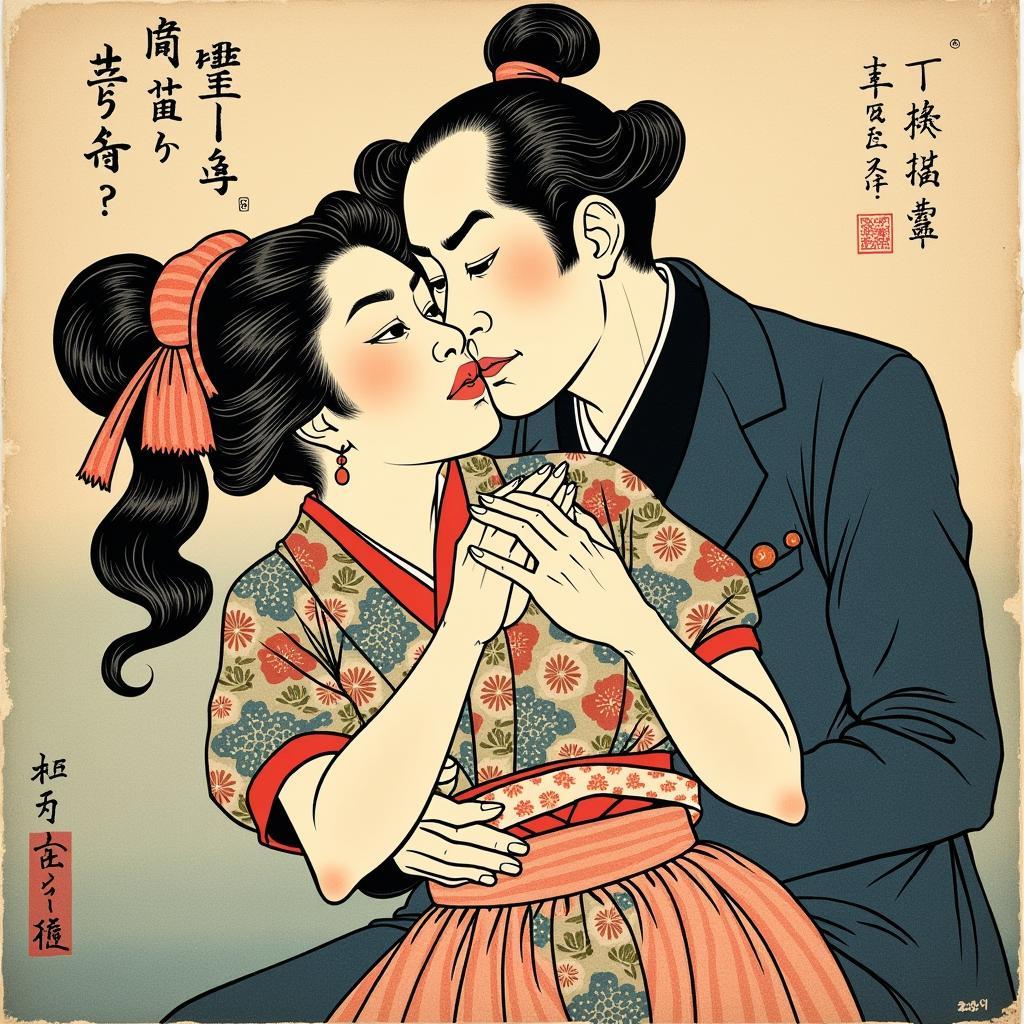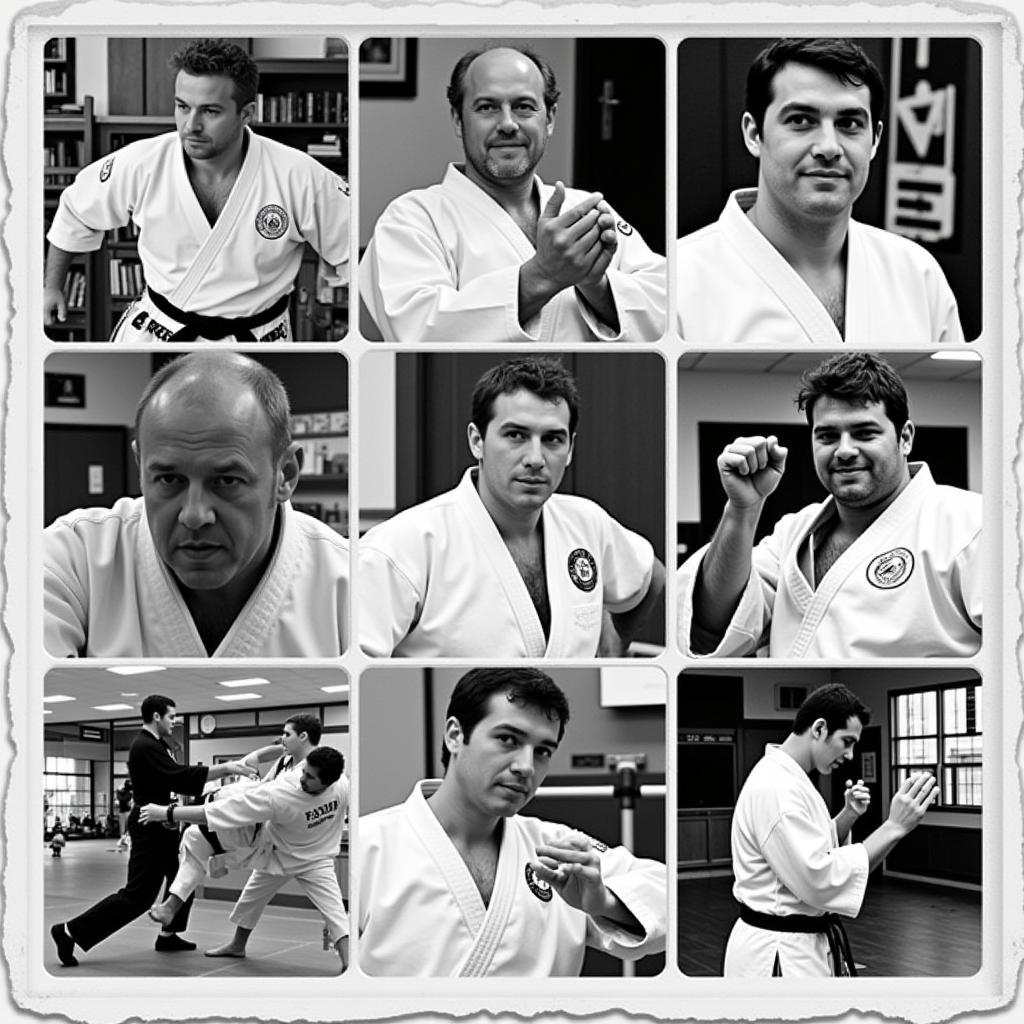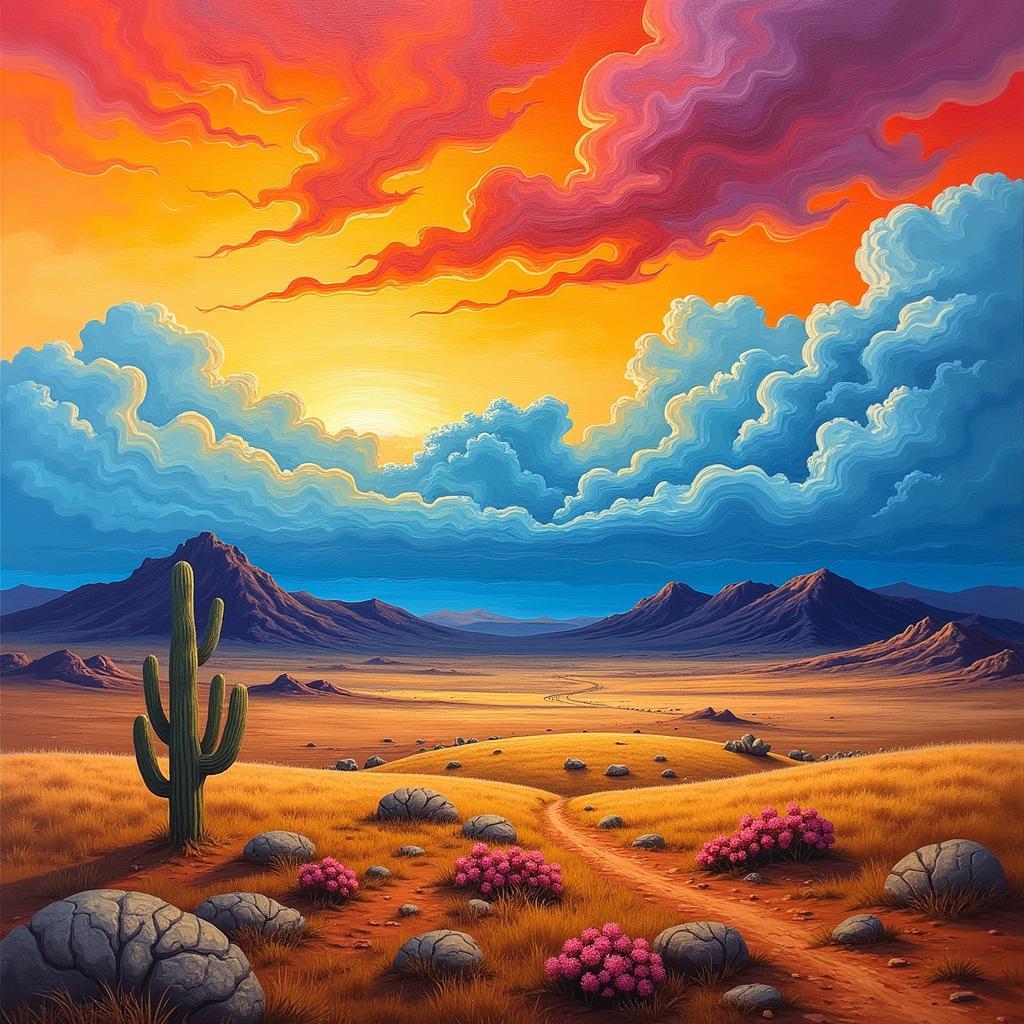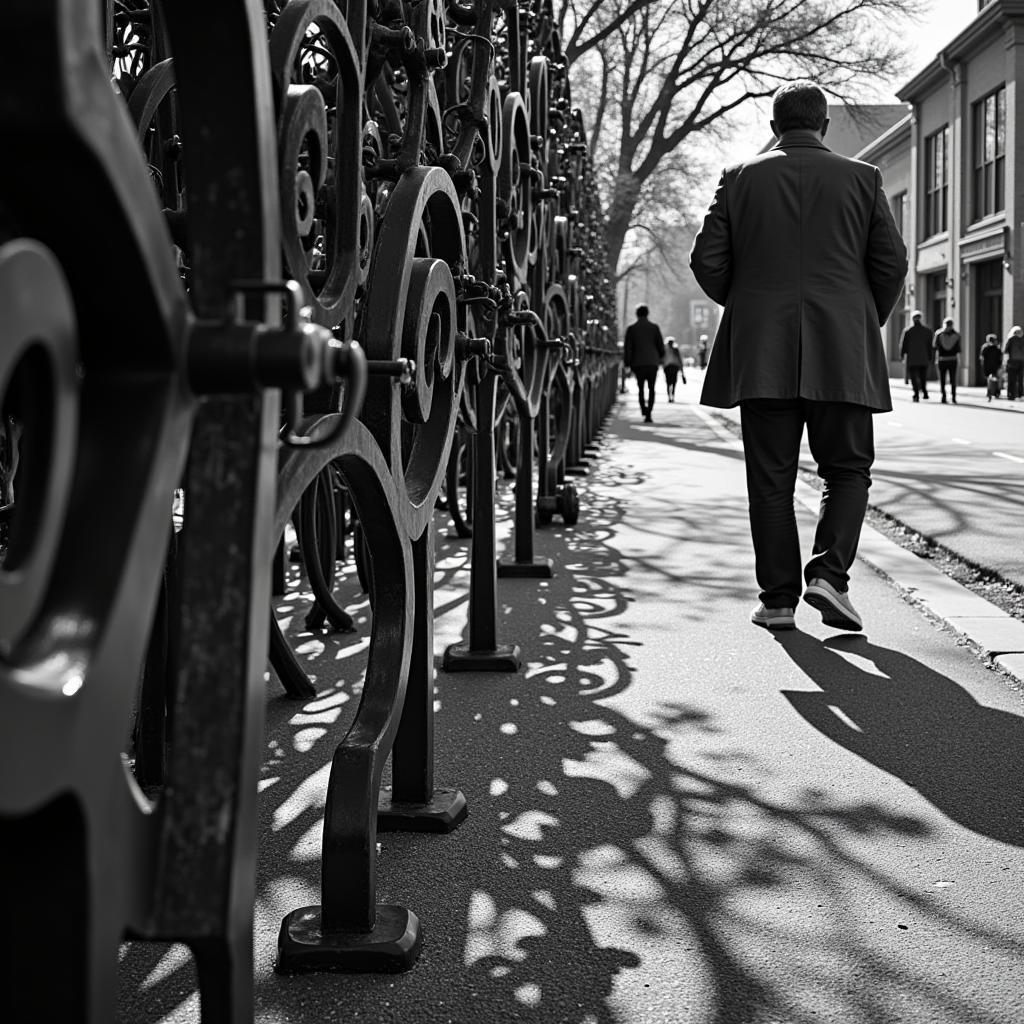Hokusai Erotic Art: Exploring the Sensual World of Ukiyo-e
Hokusai’s erotic art might seem shocking at first glance, but it provides a fascinating window into the social and artistic landscape of Edo period Japan. While best known for iconic images like “The Great Wave off Kanagawa,” Katsushika Hokusai, a master of the ukiyo-e genre, didn’t shy away from depicting the erotic. His shunga, or “spring pictures,” are surprisingly explicit and often humorous depictions of sexual acts and desires.
Beyond the Brushstrokes: Understanding Hokusai’s Erotic Art
To truly appreciate Hokusai’s erotic art, it’s important to move beyond a purely modern perspective. In Edo period Japan, sexuality wasn’t shrouded in the same taboo as it often is today. Shunga, while certainly intended for private enjoyment, existed within a broader cultural context that viewed pleasure as a natural part of life.
Hokusai, like other ukiyo-e artists, explored erotic themes with a blend of realism and artistic license. His shunga often feature exaggerated features, playful compositions, and symbolic elements that add layers of meaning to the work.
 Couple in Hokusai Shunga
Couple in Hokusai Shunga
The Allure of the Forbidden: Why Did Hokusai Create Erotic Art?
Hokusai’s foray into erotic art wasn’t unusual for his time. Shunga was a thriving genre, enjoyed by people from various social classes. There were several reasons for this popularity:
- Commercial Appeal: Shunga was a lucrative market. Ukiyo-e prints, including erotic ones, were relatively affordable and in high demand.
- Social Commentary: Some shunga subtly challenged societal norms or offered glimpses into the lives of courtesans and pleasure quarters.
- Artistic Expression: For artists like Hokusai, shunga provided a canvas for exploring the human form and experimenting with different artistic techniques.
Deciphering Desire: Common Themes in Hokusai Erotic Prints
Hokusai’s shunga, while diverse, often revolve around common themes and motifs:
- Courtesans and their Patrons: The world of pleasure quarters and the relationships between courtesans and their clients feature prominently in many shunga prints.
- Mythological and Literary References: Hokusai drew inspiration from traditional tales, often depicting gods and goddesses in erotic encounters.
- Humorous Situations and Wordplay: Many shunga prints incorporate playful humor, visual puns, and witty allusions, adding a layer of lightheartedness to the subject matter.
 Mythological Scene in Hokusai Shunga
Mythological Scene in Hokusai Shunga
Hokusai’s Legacy: Erotic Art and its Impact
Hokusai’s erotic art, though sometimes controversial, remains an integral part of his artistic legacy. His shunga prints provide valuable insights into the social and cultural landscape of Edo period Japan, reminding us that art often reflects the complexities of its time.
While Hokusai’s erotic art might not be for everyone, approaching it with an open mind and a willingness to understand its historical context can lead to a deeper appreciation of both the artist and the era he captured.



